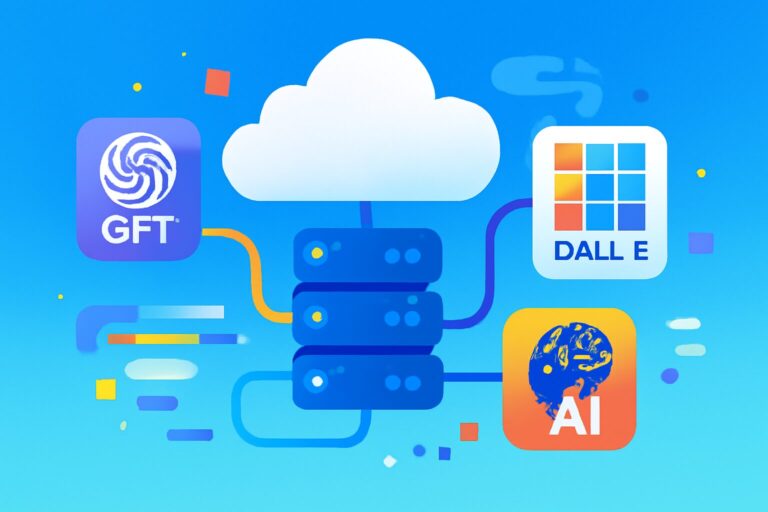OpenAI recently released the GPT-4.1 series, bringing notable enhancements to the API models, including GPT-4.1, GPT-4.1 mini, and GPT-4.1 nano. These models introduce significant improvements in coding, instruction following, and long context understanding, making them highly valuable for a variety of real-world applications.
**Key Highlights of GPT-4.1 API**
1. **Coding Capabilities**: GPT-4.1 outperforms previous models such as GPT-4o and GPT-4.5, scoring 54.6% on the SWE-bench Verified coding benchmark, a substantial improvement for tasks involving real-world software engineering. This model excels in coding tasks by making fewer extraneous edits and ensuring more reliable code diffs.
2. **Instruction Following**: GPT-4.1 has made significant strides in instruction-following benchmarks, achieving a score of 38.3% on Scale’s MultiChallenge benchmark. This enhancement allows the model to execute complex and multi-step instructions more reliably, which is particularly beneficial for developers needing precise output formats and robust content requirements.
3. **Long Context Understanding**: The GPT-4.1 models support up to 1 million tokens of context, a significant upgrade from the 128,000 tokens in GPT-4o. This enables the models to handle extensive datasets, large codebases, and long documents effectively. Benchmark tests like OpenAI-MRCR and Graphwalks demonstrate the models’ ability to retrieve and understand information across vast contexts.
4. **Vision Capabilities**: GPT-4.1 exhibits powerful image comprehension skills, with GPT-4.1 mini outperforming GPT-4o in visual benchmarks like MMMU and MathVista, which involve interpreting charts and solving visual mathematical tasks, respectively.
5. **Performance and Cost Efficiency**: Efficiency improvements in the inference systems have resulted in lower costs, with GPT-4.1 nano offering the cheapest and quickest responses. The models are designed to reduce latency, providing faster responses without compromising performance. This cost efficiency, combined with the enhancements in task performance, make GPT-4.1 a compelling choice for developers.
**Real World Examples**:
– **Windsurf**: Noted a 60% higher performance with GPT-4.1 on internal coding benchmarks, leading to more efficient and accurate tool usage.
– **Qodo**: Found GPT-4.1 to be better at generating high-quality code reviews, outpacing other models in both precision and comprehensiveness.
– **Thomson Reuters**: Leveraged GPT-4.1 for legal document analysis, observing a 17% improved accuracy in multi-document reviews.
– **Carlyle**: Successfully applied GPT-4.1 to extract financial data from extensive documents, achieving a 50% enhanced retrieval performance.
**Conclusion**:
GPT-4.1 represents a significant advancement in the capabilities of language models and their application in real-world scenarios. Its strengths in coding, instruction-following, long context comprehension, and vision, combined with high cost efficiency, open new possibilities for developers. Whether it’s for software development, detailed document analysis, or visual data interpretation, GPT-4.1 offers robust solutions that meet the evolving demands of the industry.
Explore more and integrate GPT-4.1 into your projects to unlock next-level performance and reliability!
************
The above content is provided by our AI automation poster



